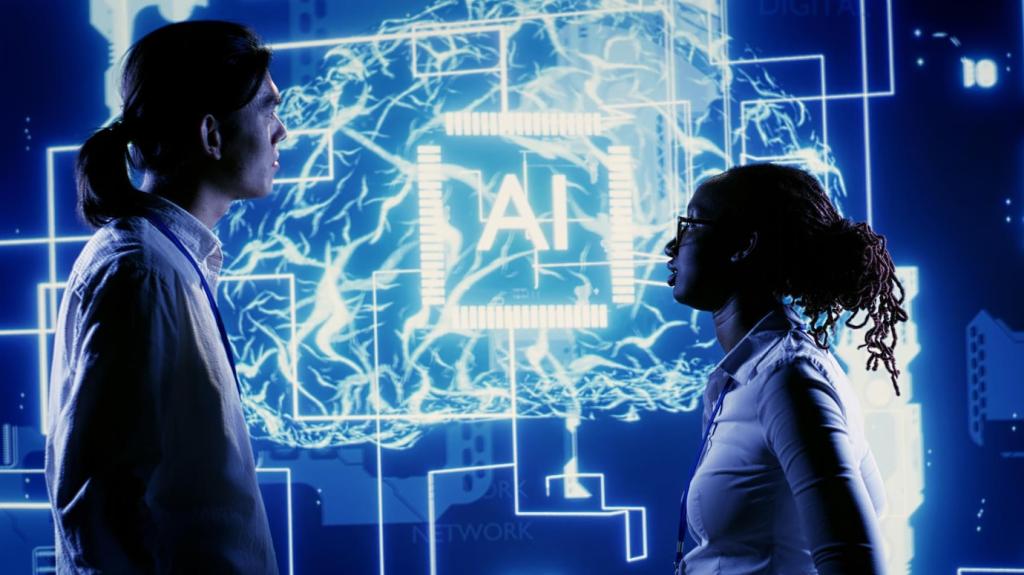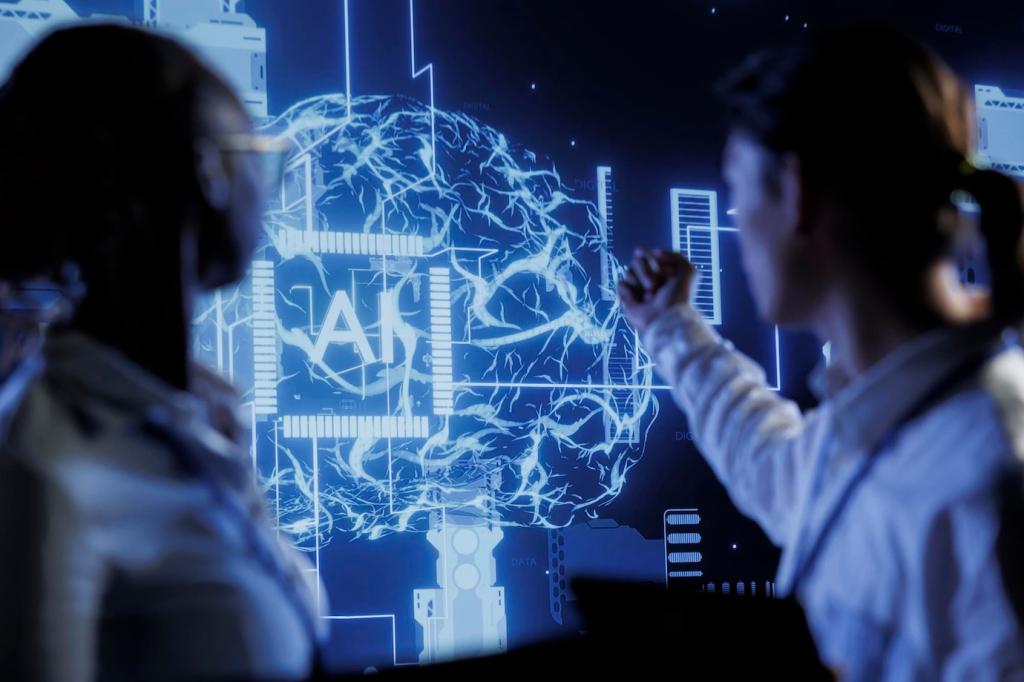
AI-driven Economic Growth Projections
As artificial intelligence technologies advance at a rapid pace, their impact on global economic trajectories becomes ever more significant. AI is not merely a tool for automation; it is transforming how economies function, how industries operate, and how growth is measured and projected. Businesses, governments, and academic institutions across the world are now leveraging AI-driven insights to forecast economic trends, shape policy, and foster innovation. Effective economic growth projections informed by AI enable stakeholders to make better decisions, mitigate risk, and optimize outcomes in a fast-changing economic landscape. This page explores the multifaceted relationship between AI and economic growth projections, examining technological, societal, and geopolitical dynamics.
Machine Learning in Economic Models
Predictive Power and Limitations
Key Drivers of AI-powered Economic Growth

Productivity Gains Across Industries

Innovation and New Business Models

Labor Market Transformation
Regional Variations in AI’s Economic Impact

Supply Chain Optimization
Globalization of AI Solutions
Trade Policy and Regulatory Dynamics

